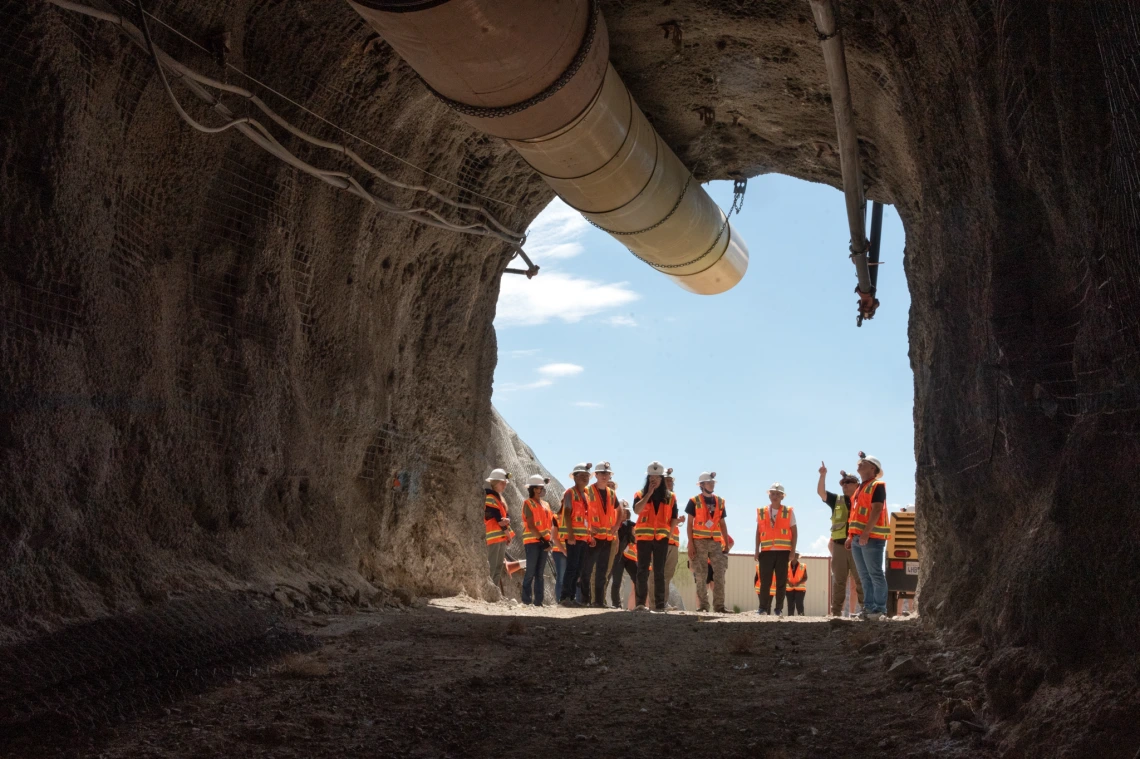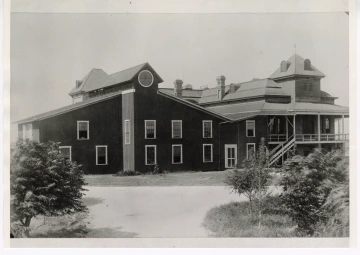Milestone Foundations
Transformative gifts and strategic investments in talent strengthen global mining leadership.


Mining has been at the heart of the University of Arizona since its founding in 1885. Today, that legacy continues to grow and adapt in response to urgent global challenges — thanks to visionary support from alumni and industry partners.
“Mining and minerals innovation are critical areas for Arizona’s economy and our global society,” says U of A President Suresh Garimella. “As home to one of the oldest and best mining programs in the country we have an opportunity to lead the world in strengthening this industry and ensuring its sustainability for the future.”
Housed in the College of Engineering, the School of Mining Engineering and Mineral Resources plays a vital role in preparing future leaders in mineral resources, sustainability and critical supply chains. The program consistently ranks among the top five nationally and remains the only accredited mining program in Arizona.
A recent $1.5 million gift from alumni Tim and Rhonda Snider to create the Timothy and Rhonda Snider Endowment Fund will support student scholarships — especially for first-generation students, faculty research and experiential learning opportunities at the San Xavier Underground Mining Laboratory, which provides a realistic underground environment for hands-on training and advanced research.
“This gift reflects a shared vision for the future of mining — one that demands technical excellence, workforce development and a deep commitment to sustainability,” says Tomás Díaz de la Rubia, senior vice president for research and partnerships.
Tim Snider, who began his career as a laborer at the Copper Queen Mine in Bisbee and rose to become president of Phelps Dodge Corp., says the gift comes at a critical time for the mining industry and the planet.
“I, along with many others in the industry, know what’s coming,” Snider says. “We haven’t been discovering enough copper deposits or building enough new mines to meet the demand that’s coming.”
Arizona currently produces 74% of the nation’s copper, but the demand for minerals critical to clean energy, electric vehicles and high-tech manufacturing is outpacing supply. Goldman Sachs estimates a global shortfall between 4 to 8 million metric tons of copper annually by 2030. As the U.S. works to secure a domestic supply of these essential materials, the U of A is playing a leading role through education, research and partnerships.
That role has been further strengthened by a $2.5 million grant from the Freeport-McMoRan Foundation, which supports K-12 outreach, student scholarships and enhanced training and research across the School of Mining Engineering and Mineral Resources and the Department of Geosciences Lowell Program in Economic Geology.
“We have experienced the challenges of a workforce shortage,” says Tracy Bame, president of the Freeport-McMoRan Foundation. “Our longstanding partnership with the U of A lays the groundwork for long-term success by helping students see pathways to education and opportunity in this critical industry.”
The grant also supports the university’s nationally accredited mining program, one of only 13 in the country, by enhancing access and attracting top-tier graduate students.
“This generous gift directly addresses the critical need for highly skilled engineers in the mining industry,” says David W. Hahn, the Craig M. Berge Dean at the College of Engineering. “It allows us to offer unparalleled opportunities for students and equips them to lead in an evolving global landscape.”
Hands-on training at the School of Mining Engineering and Mineral Resources, combined with interdisciplinary education, ensures that students gain the technical and practical knowledge to meet today’s complex challenges. Located in Sahuarita, about 15 miles south of Tucson, the San Xavier Mining Laboratory includes a working shaft, a classroom and other educational resources. Older sections of the mine provide historical context, while the active site serves as a hub for student learning, faculty research and professional development. Its integration of education, research and industry engagement makes the lab a cornerstone of the U of A’s applied approach to mining education.
Backed by strategic partnerships and philanthropic investment, the U of A is shaping a more sustainable, skilled and innovative future for mining — in Arizona and around the world.
gggg

